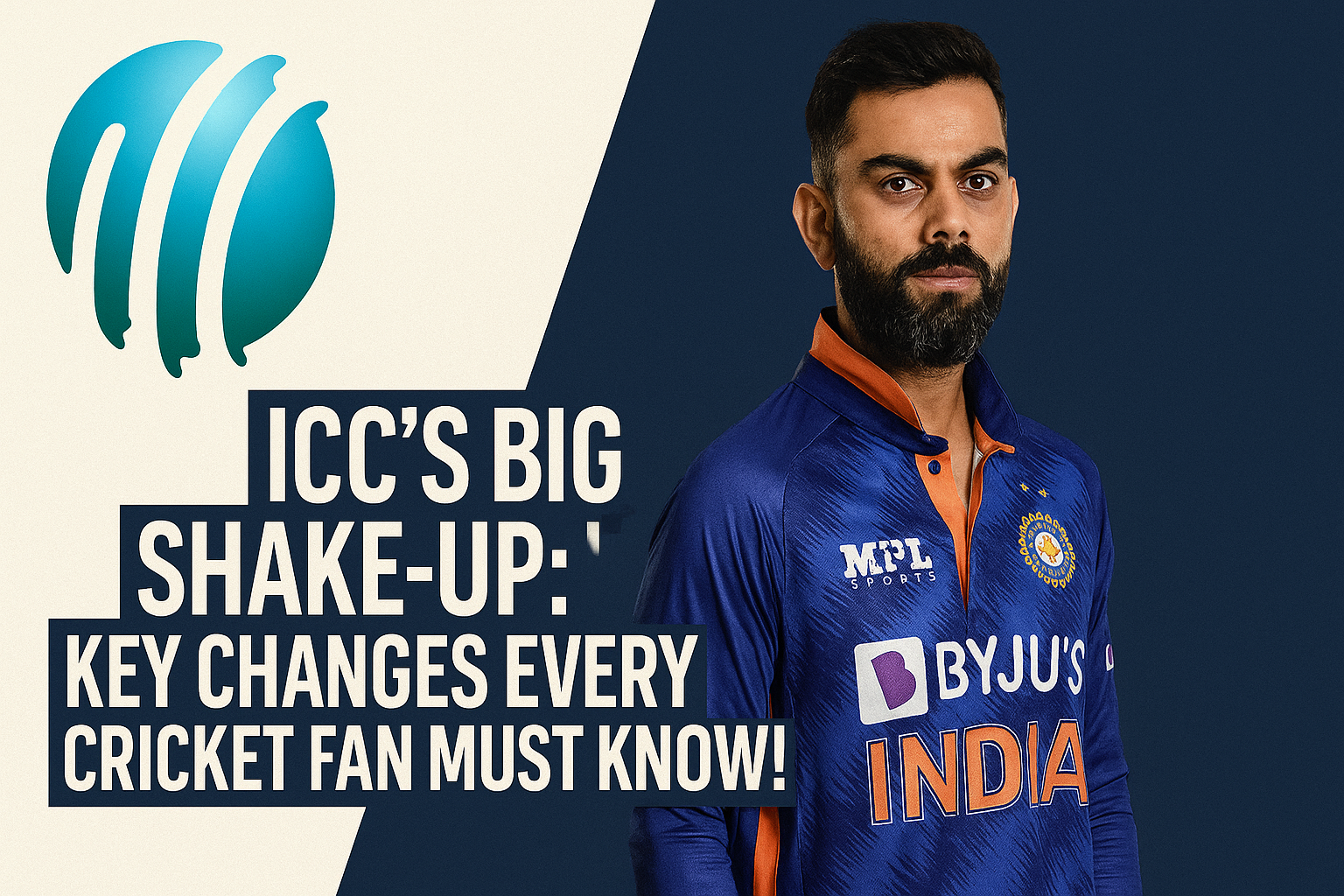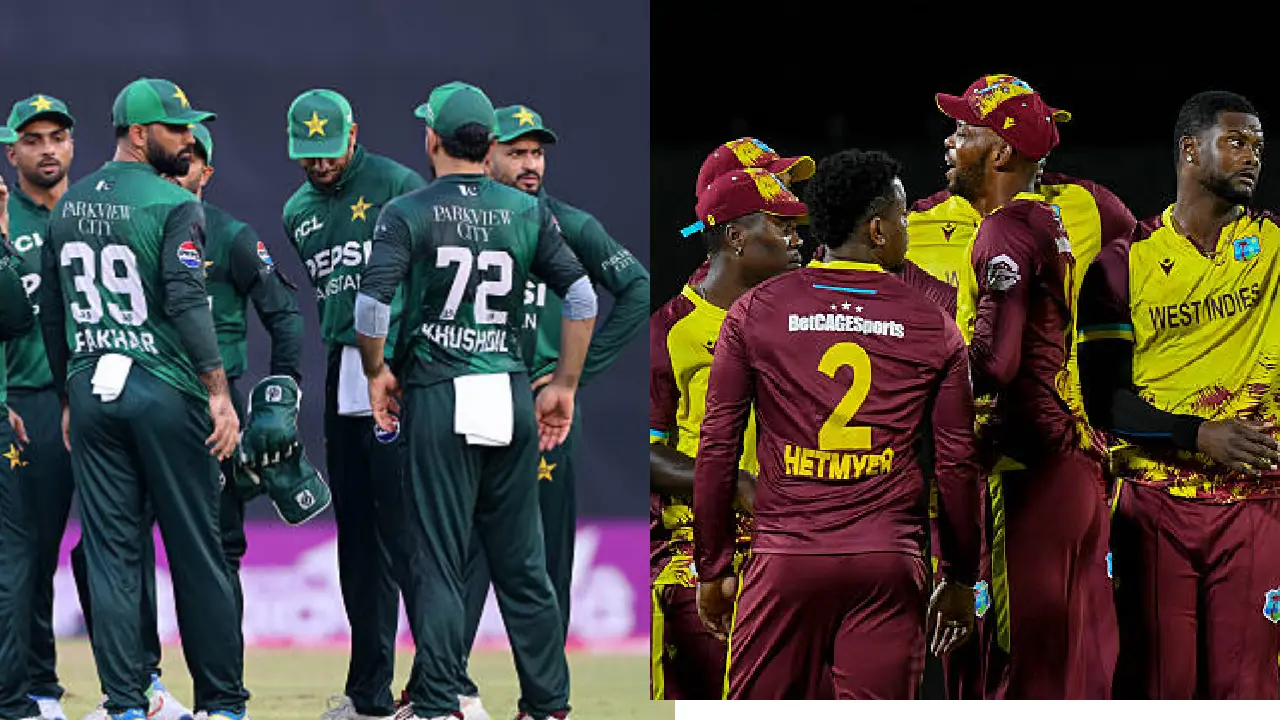ICC Makes Massive Changes: What Every Cricket Fan Must Know
ICC’s Big Shake-Up:the International Cricket Council (ICC) has introduced several major changes to the rules of cricket, aimed at modernizing the game and ensuring fair play. These changes will impact all formats—Test, ODI, and T20I. Key updates include modifications to the DRS protocol, stricter time restrictions for bowlers between overs, and alterations in substitute player rules. The new regulations are set to take effect from the upcoming international season, and fans and players alike will need to quickly adapt to this revamped version of the sport.
One of the biggest changes is the return of the single ball rule in One Day Internationals (ODIs).
At present, ODIs are played with two new balls, one from each end, and they continue till the end of the innings. But starting in July, teams will begin the innings with two new balls. However, only one ball will be used from the 35th over onwards.
When Will the ICC New Rules Begin?
These new playing conditions will begin soon. For Test matches, the rules will start with the Sri Lanka vs Bangladesh Test in Galle on June 17, 2025. However, the ICC confirmed that the current rules will still apply during the World Test Championship (WTC) final between Australia and South Africa, which begins on June 11 at Lord’s.
In white-ball cricket, the ICC rule changes will begin with the Sri Lanka vs. Bangladesh series. The first ODI of that series is on July 2 in Colombo. The T20I changes will start from the first match on July 10. The ICC also stated that further details on changes related to boundary catches and the Decision Review System (DRS) will be announced soon. All these new rules have already been approved by the ICC’s Chief Executives Committee (CEC).
These updates aim to make the game safer, fairer, and more exciting for players and fans alike.
Saliva Rule, Stop-Clock Rule, Short Run Rule and Other Changes
- The ICC has updated its rules about using saliva on the ball. Even though players still aren’t allowed to use saliva, umpires don’t have to change the ball every time a player is caught using it. This is to stop teams from putting saliva on the ball just to get a new one. Now, umpires will only change the ball if it looks very different, like if it’s too wet or extra shiny. It’s up to the umpires to decide this. If the ball starts behaving differently after the umpires say saliva hasn’t changed it, the ball won’t be replaced. However, the batting team will get five runs as a penalty.
- Earlier, if a batter took a deliberate short run, the batting team got a five-run penalty. Now, if a batter doesn’t reach the crease on purpose to get an extra run, the umpires will let the fielding team choose which batter will face the next ball. The five-run penalty will still be given to the batting team.
- Imagine a batter is given out caught behind and asks for a review. The UltraEdge shows the ball only hit the pads, not the bat, so the catch is ruled out. Then the TV umpire checks if the batter is out lbw using ball-tracking. Earlier, if the catch was ruled out, the batter was automatically not out for lbw, even if ball-tracking showed an “umpire’s call.” But now, the new rule says the ball-tracking will show the original decision as “out” for lbw. So if the review shows an “umpire’s call,” the batter will be given out.







